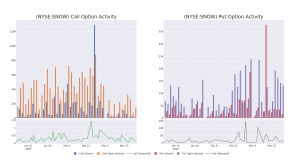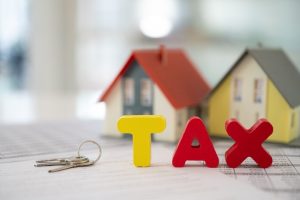If you still drive a gasoline-powered car, you have no doubt noticed that the price at the gas pump has changed.
Yes, higher. A total of 3% since early January’s lows and up now for five straight days. AAA’s national average was at $3.157 a gallon on March 28, up from $3.155 on March 27.
💵💰Don’t miss the move: Subscribe to TheStreet’s free daily newsletter 💰💵
But, wait a minute, you say, isn’t crude oil falling?
Yes. Crude peaked at $78.82 per 42-gallon barrel on Jan. 13 and was trading Friday at $69.35, a 12% decline.
Related: Stock Market Today: Stocks tumble with inflation, CoreWeave IPO in focus
But this is not a tariff question — yet.
Gasoline prices reflect local market conditions and the need to make gasoline to fit specific conditions. Like the time of year.
And that is the issue right now.
Refiners do all sort of things to a barrel of oil once they get it. They make gasoline, diesel fuel, heating oil and jet fuel which commands the highest price. Each product requires the crude oil and then various additives to reduce engine knock, minimize the impact of air pollution and the like.
For the summer driving season, however, they must change their formulas to comply with government rules to limit air quality problems. And it takes time to set the refineries up to make enough of the summer fuel and get it into storage.
And that’s what’s happening now. Pump prices start to rise early in the year as two things happen:
“The changeover to summer gasoline has really kicked in the last one to two weeks,” notes Patrick de Haan of GasBuddy.com.
Typically, prices peak in the early summer. We say typically because the date of the peak can vary pretty wildly.
In 2024, the peak came on April 19 at $3.679 a gallon, according to AAA data. In 2023, the peak didn’t arrive until Sept. 18 at $3.881 a gallon.
And in 2022, notoriously, the price peaked at $5.016 a gallon on June 14. That was the first time, AAA’s U.S. national average topped $5.
Fund manager buys and sells
Obviously, prices vary market to market, sometimes neighborhood to neighborhood, most because of different levels of state and local taxes. As in very low in the South and high in the Northeast and the West Coast.


